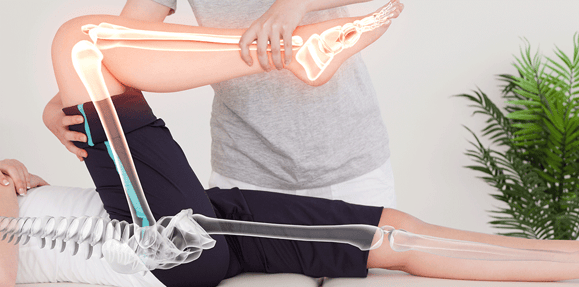There was no doubt that the lead character on the television show “Marcus Welby MD” was a doctor.
MD is the recognized designation for allopathic physicians, who have gone through extensive training to earn those traditional initials.
But what about physicians with a DO after their names? Why are we seeing that title more often into today’s healthcare provider landscape?

Here are some answers to common questions about DO physicians, provided by the American Osteopathic Association:
What does DO mean?
DO is the official designation of a Doctor of Osteopathic Medicine.
Is a DO physician a fully licensed physician?
Yes. Osteopathic doctors must pass state boards and exams and be licensed to practice in all areas of medicines, just like MDs. DOs practice in all specialties of medicine, ranging from emergency medicine and cardiovascular surgery to psychiatry and geriatrics. A majority of osteopathic doctors practice many of the medical and surgical treatments that are used by traditional MDs.
What is unique about the DO specialty?
Osteopathic doctors are trained to listen to and partner with their patients and help them get healthy and stay well. They focus on prevention through a healthy mind, body and spirit. They help patients understand how lifestyle and environment can impact their health.
What type of basic medical training do they receive?
Like all allopathic physicians, osteopathic doctors must complete four years of medical school and can choose to practice in any specialty of medicine.
What type of special training do they receive?
Osteopathic physicians receive an additional 300 to 500 hours in the study of hands-on manual medicine and the body's musculoskeletal system. They have concentrated study on the interconnected system of nerves, muscles and bones.
Do osteopathic doctors attend traditional medical schools?
There are 26 osteopathic specialty medical schools in the United States. A few have connections to traditional medical schools such as Michigan State University and Oklahoma State University. Marian University in Indianapolis launched an osteopathic medical school in 2010.
Do osteopathic doctors use traditional medical treatments as part of their patient care?
Yes. They practice using the latest technologies and drugs. However, they are trained to promote the body’s natural tendency toward health and self-healing. They consider options that complement surgery or pharmaceuticals.
What is Osteopathic Manipulative Treatment?
Doctors of Osteopathy are trained to use their hands to help diagnose illnesses or injuries. OMT is used to help treat muscle pain and can also provide relief for patients who suffer from asthma, sinus conditions, migraine headaches or carpal tunnel syndrome.
As with any healthcare provider, it is important that you ask questions about how an osteopathic physician can serve your needs. Their approach that integrates natural healing might be a viable option.
Johnson Memorial Health has integrated osteopathic care into our healthcare system, most recently with Drs. Sarah and Sean Beeson at our new JMH Greenwood Primary Care Center. More information is available at 317.215.7966.
